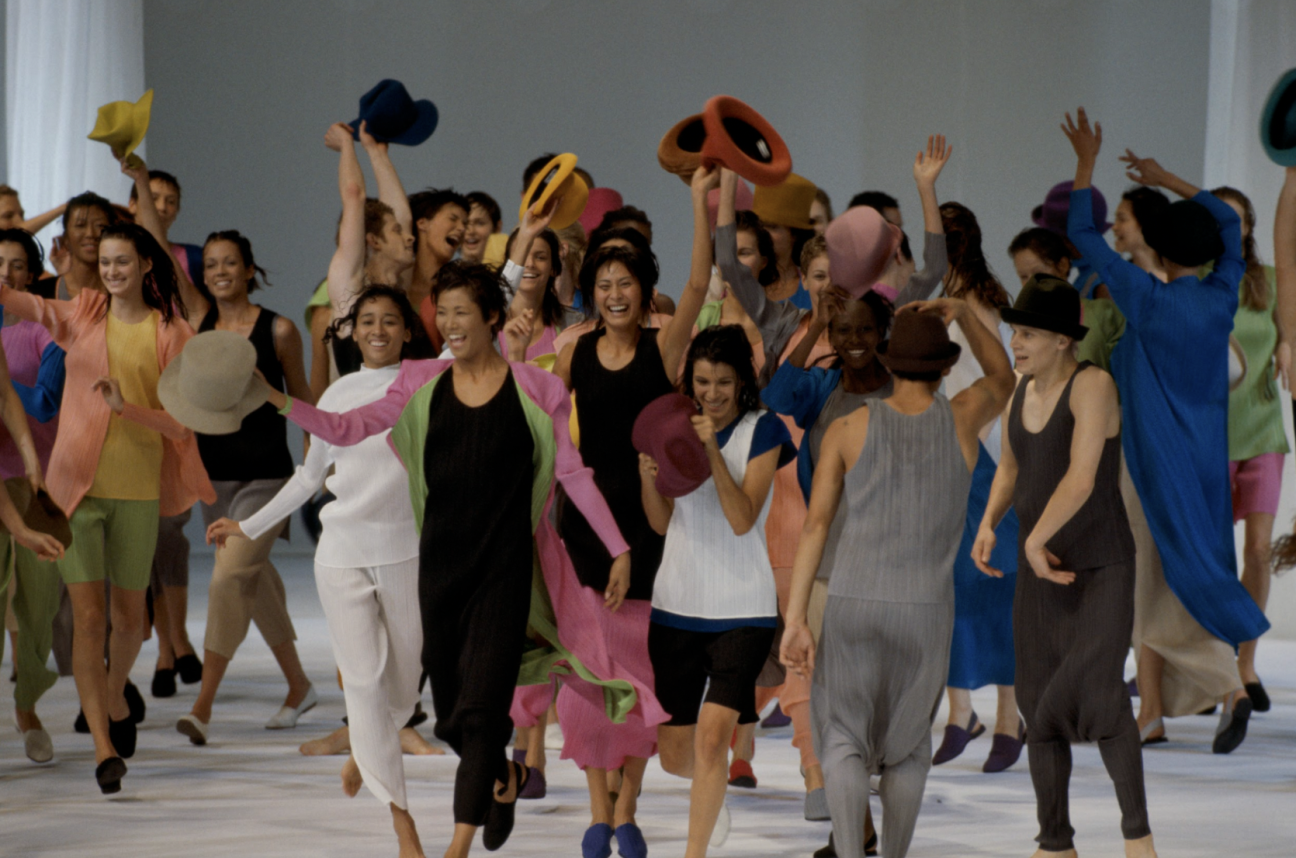
BRAND: ISSEY MIYAKE
COLLECTION: PLEATS PLEASE
DEBUT: SUMMER 1994
MADE IN: JAPAN
WORN BY: MERYL STREEP, JONI MITCHELL, ZAHA HADID, AND MARY KATE OLSEN
WHY SO ICONIC?
Pleating is as old as cloth itself, but it took Issey Miyake to prove that a time‑honoured fold could become the most progressive gesture in fashion. The idea that clothing could liberate every body rather than sculpt it became a mission the young Miyake chased down arrondissements during his time as an apprentice to Guy Laroche and Hubert de Givenchy. Fresh from Paris’s 1968 student protests, he returned to Tokyo determined to start his own line—and make radical comfort look revolutionary while he was at it. His eye landed on a zig‑zagged scrap of fabric—a pocket‑size accordion that unfurled into sculpture—and he sensed a manifesto hiding in the folds.
THE BRAND DNA
With Pleats Please, Miyake and his acolytes weaponized modern chemistry to transform the crease into something desirable. Lightweight polyester—about as airy as copy paper—is cut three times oversized, stitched, sandwiched between hot plates, and thermoset so each crease becomes permanent. The process exploits the fiber’s thermoplasticity: Heat imprints memory, meaning the pleats rebound after a spin cycle or a red‑eye. Because the folding happens after construction, there’s minimal waste and maximal possibility for riot‑bright prints or artist collaborations with Yayoi Kusama, Cai Guo‑Qiang, and Ikko Tanaka. Miyake’s lab spent four years perfecting the trick. The proof test? William Forsythe’s dancers, who vaulted across a 1991 ballet in early samples that swelled and collapsed with each breath.
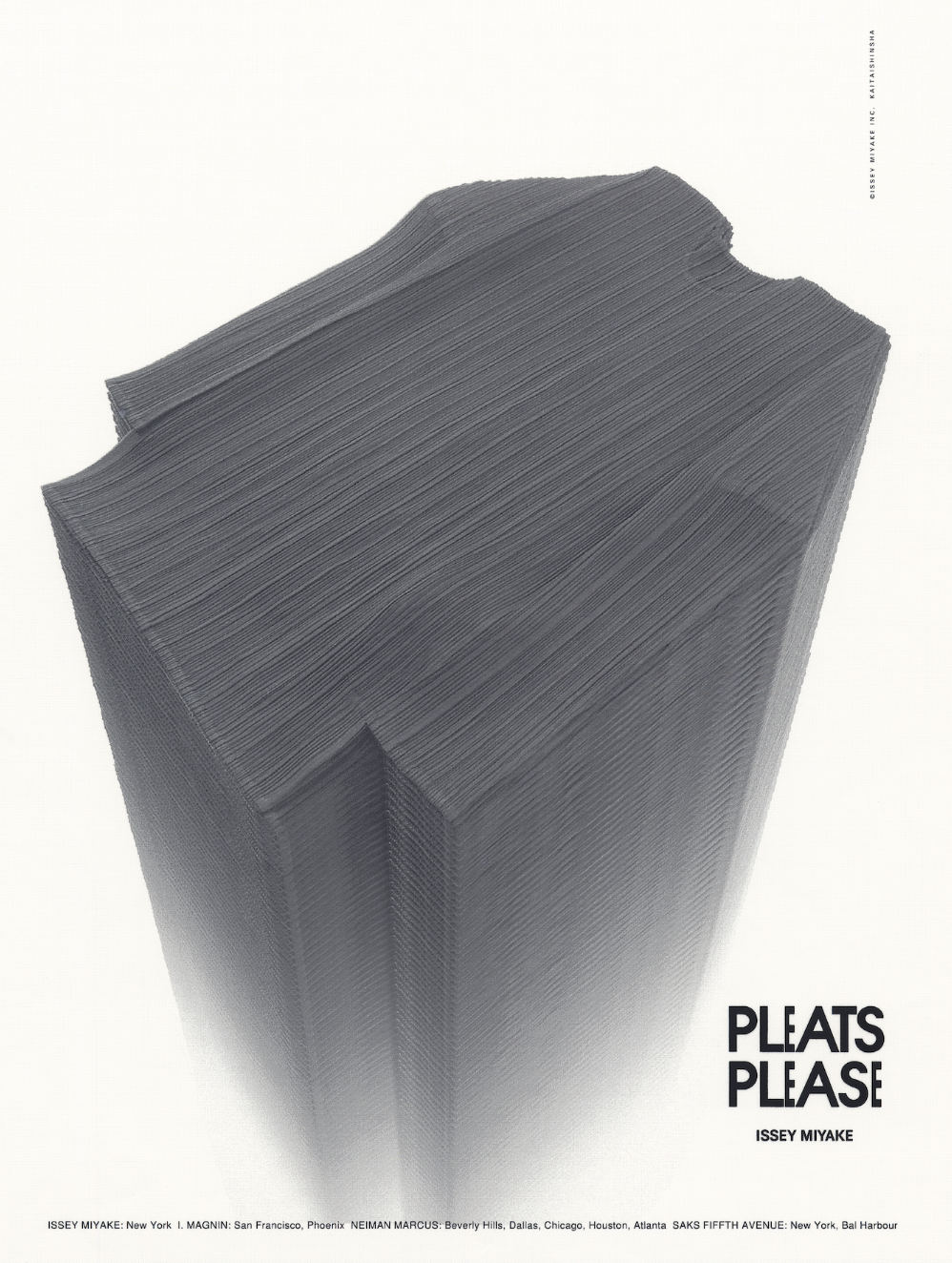
THE BIG REVEAL
Spring/Summer 1994, Paris: tube dresses, elastic‑waist trousers, T‑shirts that looked almost plain—until models twisted and the clothes went kinetic. The line, christened Pleats Please, offered travellers the dream of rolling an entire wardrobe into a handbag and emerging on the other side of a red‑eye more than intact. Suzy Menkes wore hers from a long‑haul flight straight to Buckingham Palace. Architects, curators, and artists adopted the pleats as intellectual armor—proof that practicality and imagination could share a seam.
THE CULT
Miyake released drops on Miyake time, not fashion time, turning each color story into limited‑edition loot. Food artist Laila Gohar still raids her mother’s 1990s stash; writer Lou Stoppard stalks Japanese auction sites for first‑generation rarities; Charlene Prempeh, founder of A Vibe Called Tech, calls the line her travel insurance—pregnancy, boardroom, biennale, the pleats adapt. Homme Plissé landed in 2013, extending the tribe: architect Rafael de Cárdenas swears his mid‑calf shorts feel like sweatpants but read like sculpture; curator Antwaun Sargent swapped denim for pleated trousers after spotting Solange onstage in burnt orange.
Once heat‑set, a pleat can’t be altered, so every seam is decisive. The polyester yarn is recyclable; laser‑precise cutting rooms leave almost no scrap. Miyake prized anonymity over logos—he wanted garments to travel through decades, not trends. Devotees often buy their first set in college and plan to retire in the same poly‑plissé. The clothes age with you, but never grow old.
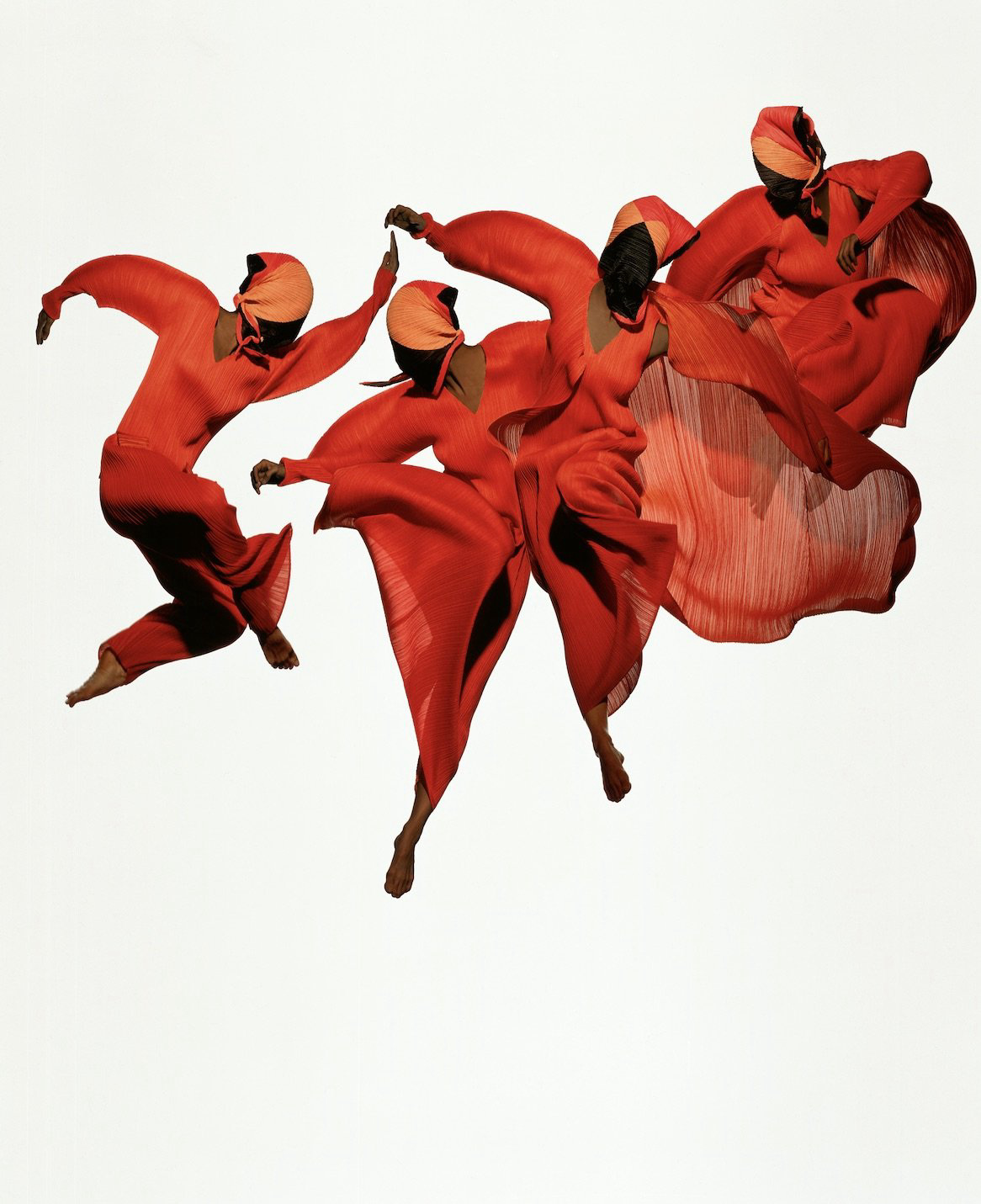
WHY IT STILL MATTERS
Miyake died in 2022, yet the pleats refuse to sit still. A 432‑page Taschen monograph dubs him a visual philosopher of motion, while museum shows stage the garments as interactive sculpture. On red carpets, pleats are the avant‑comfort flex: Joni Mitchell at the Grammys, Mahershala Ali on press tours, Russell Westbrook courtside. Lockdown crowned the pleats the thinking person’s loungewear—sales spiked as creatives ditched fleece for their origami ease.
Three decades on, Pleats Please pieces fold into a fist and pop out dinner‑ready. They prove that innovation isn’t always about new tech; sometimes it’s an ancient fold remolded with industrial rigor and painted every shade imaginable. In a fashion cycle addicted to reinvention, Miyake’s pleats whisper a gentler, but no less welcome, provocation.
COLOR PLAY
THE CLASSICS
FOLDS, WRAPS, NEW SHAPES

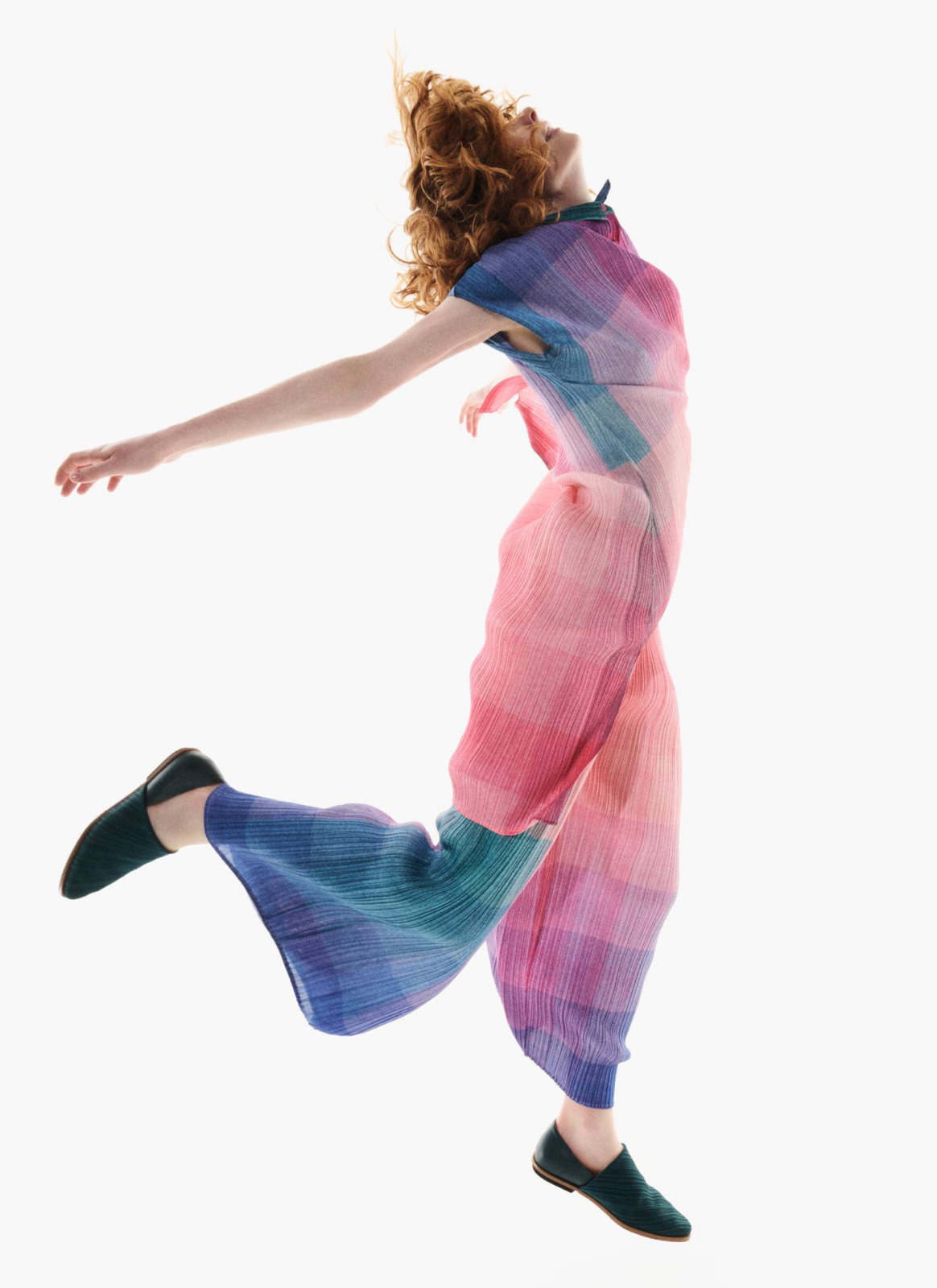
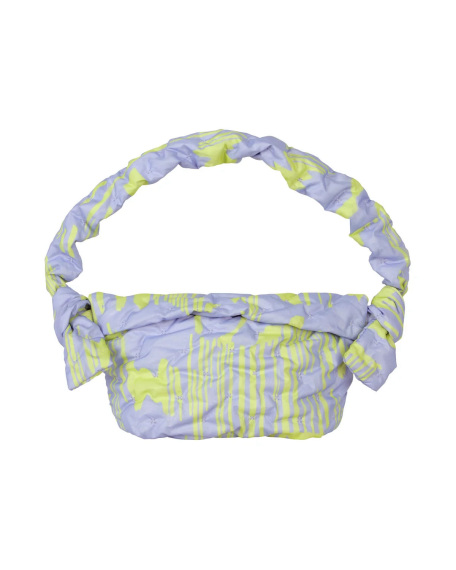
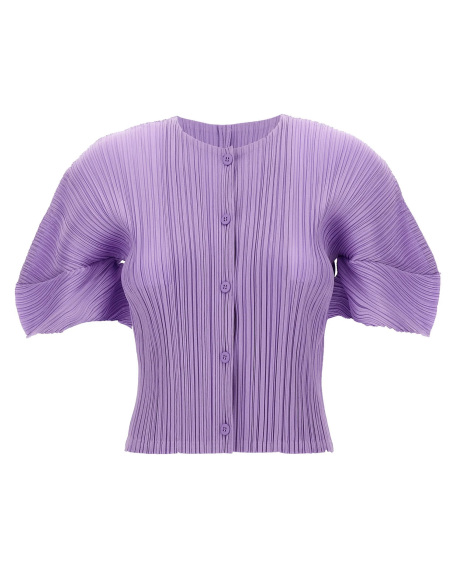
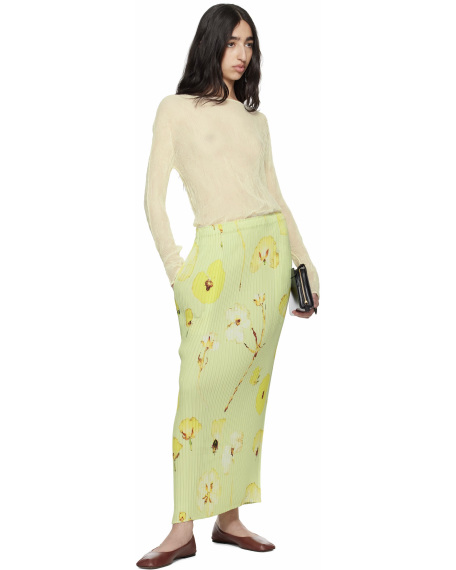
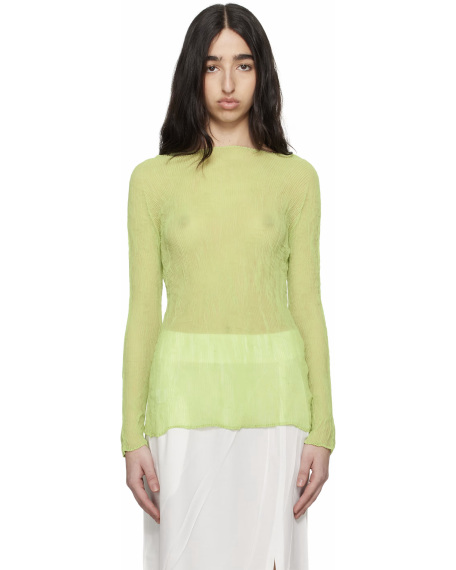
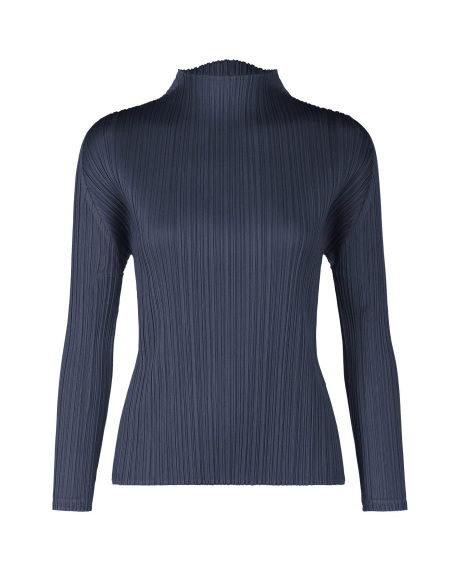
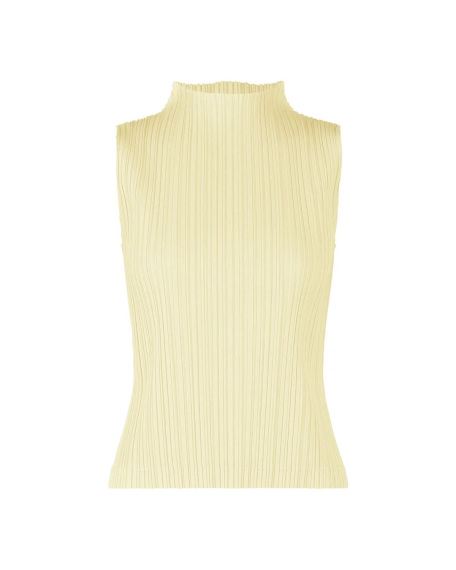
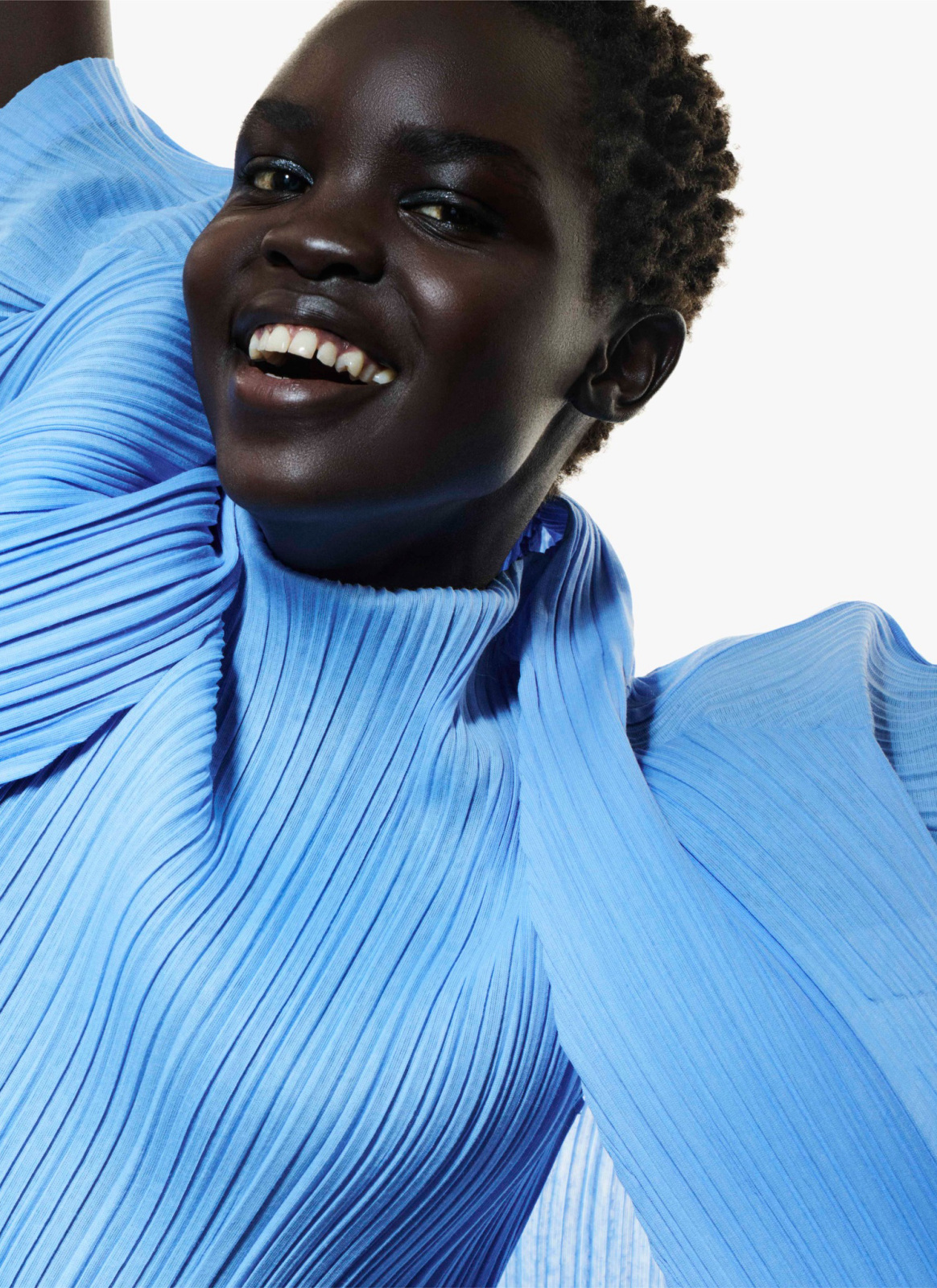
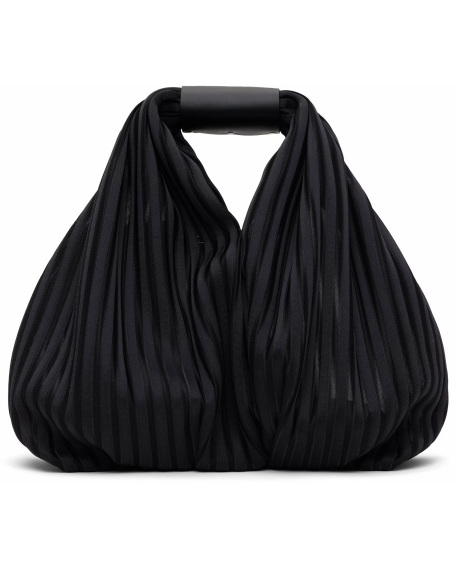
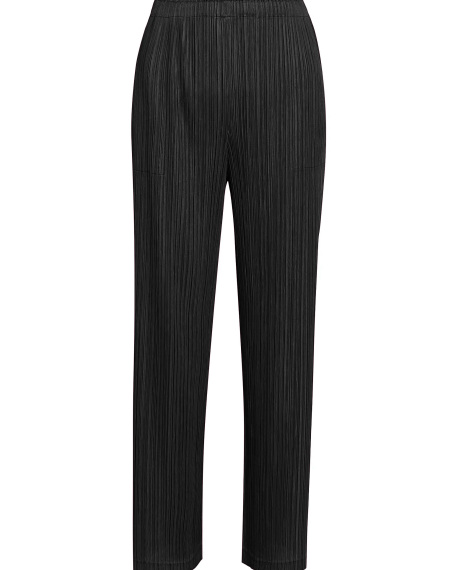
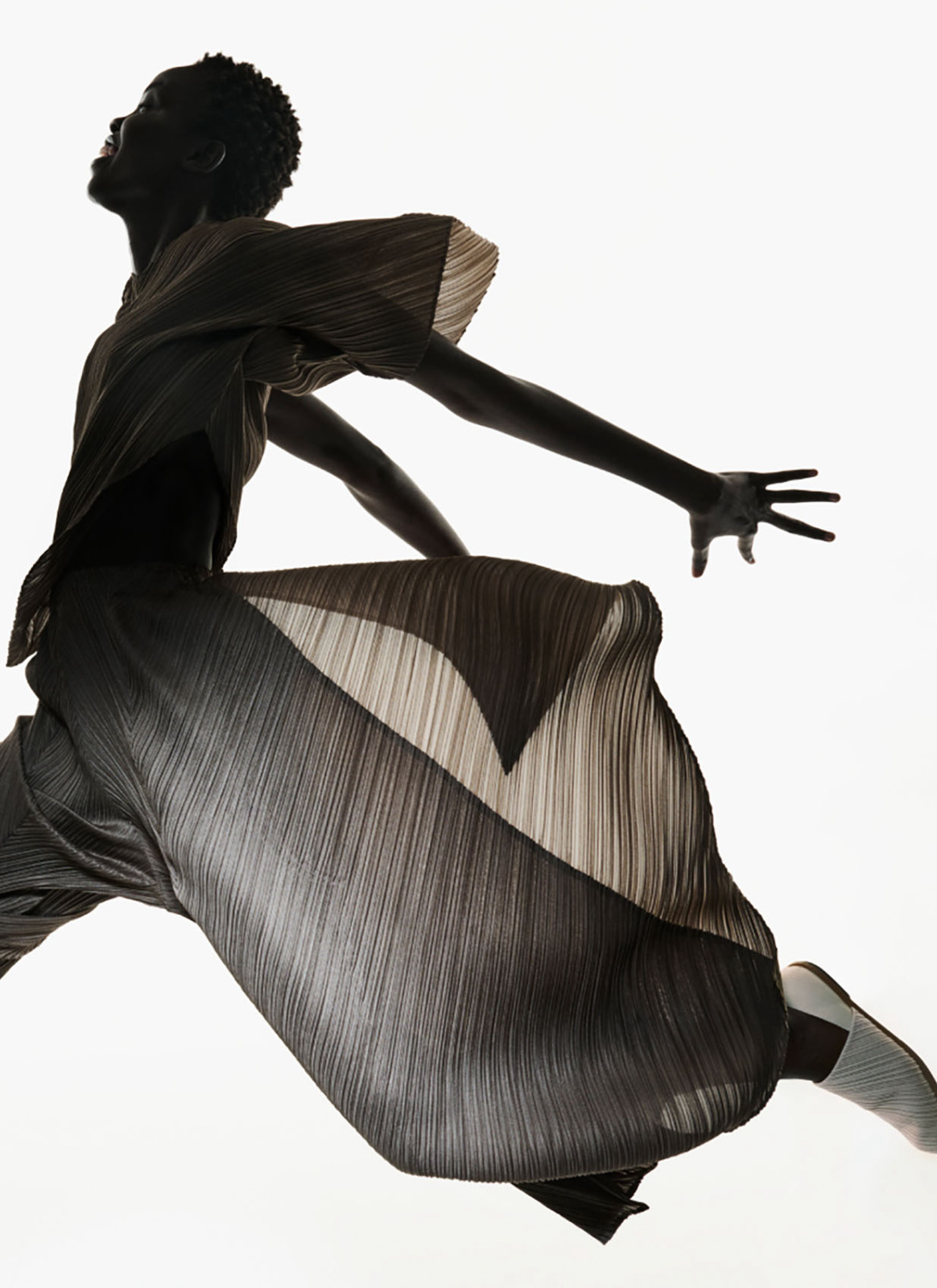
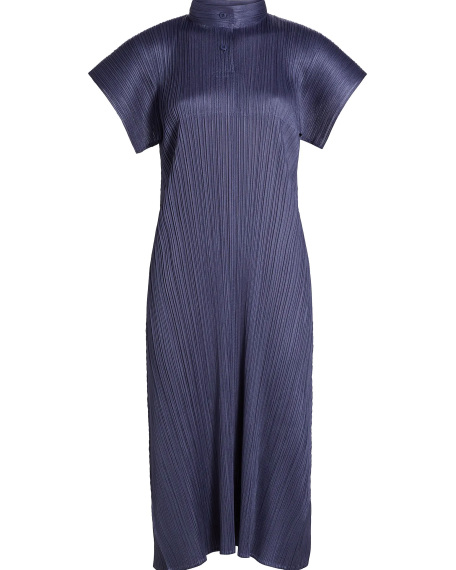
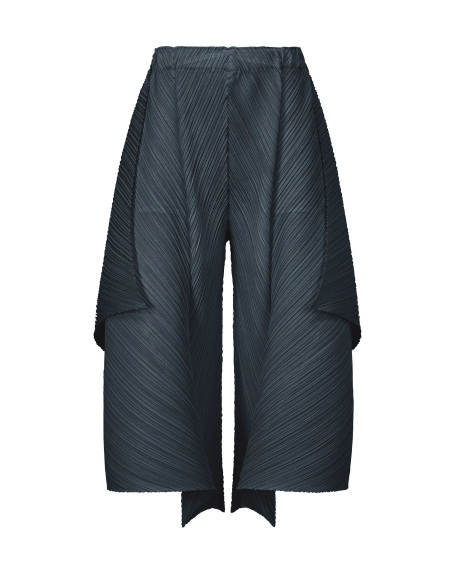
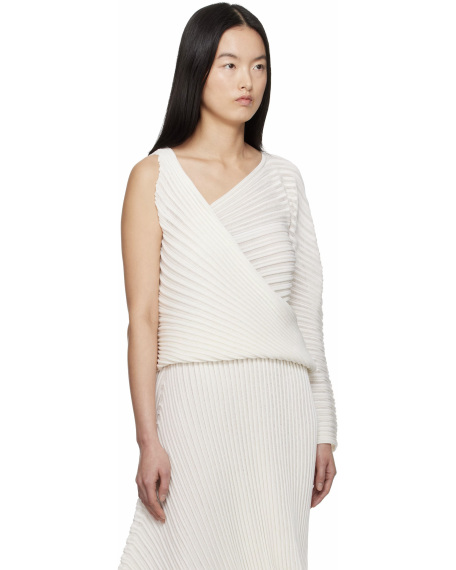
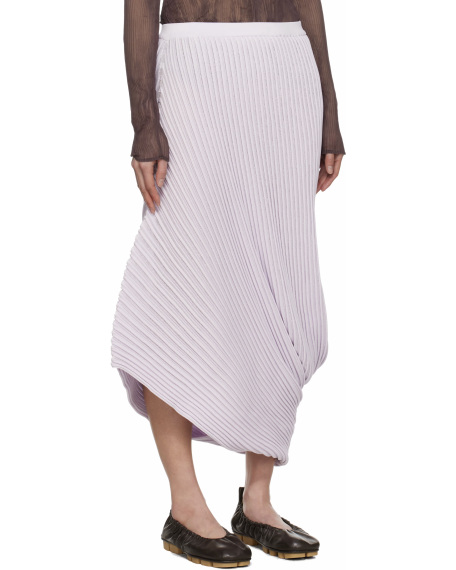
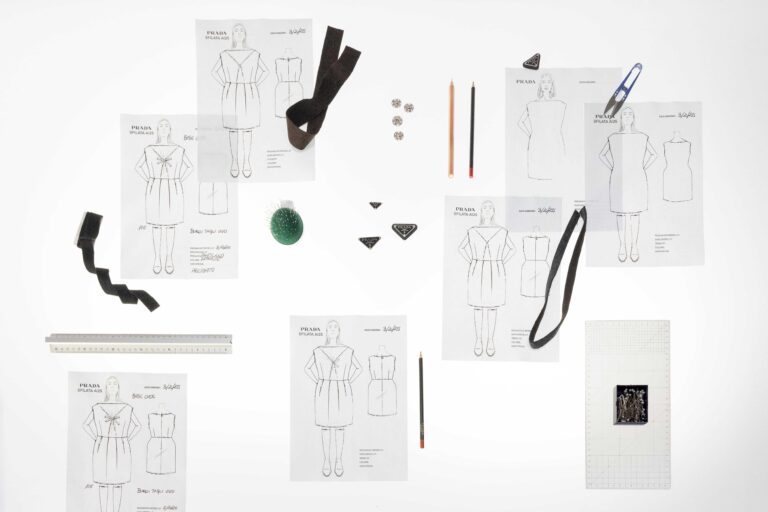
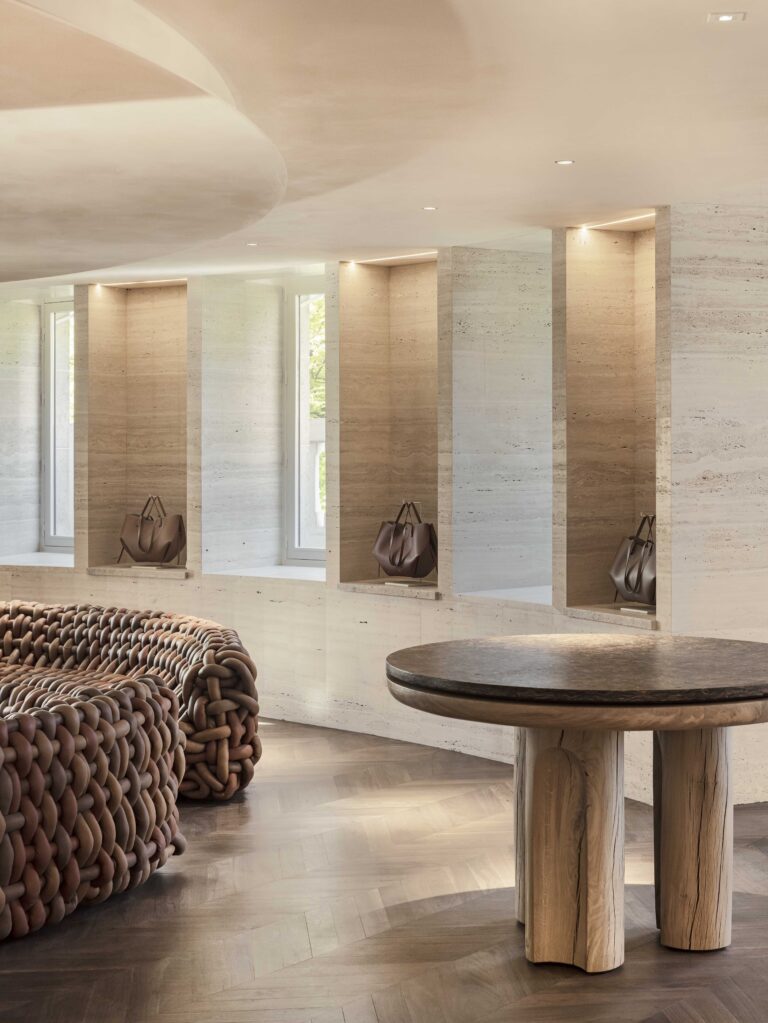

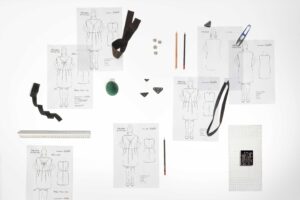

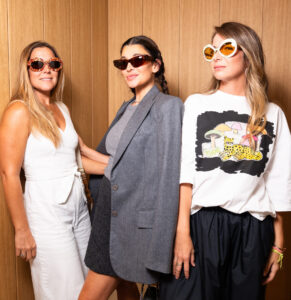



 in your life?
in your life?

